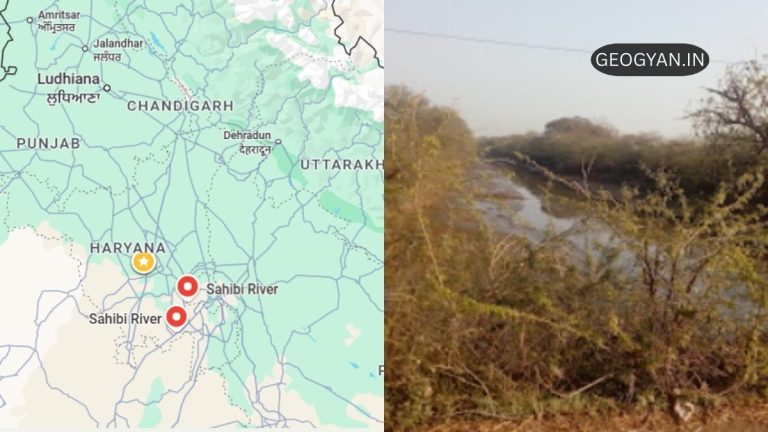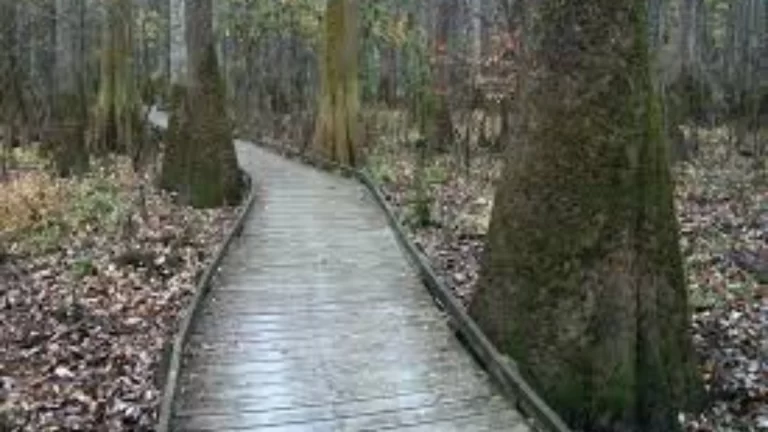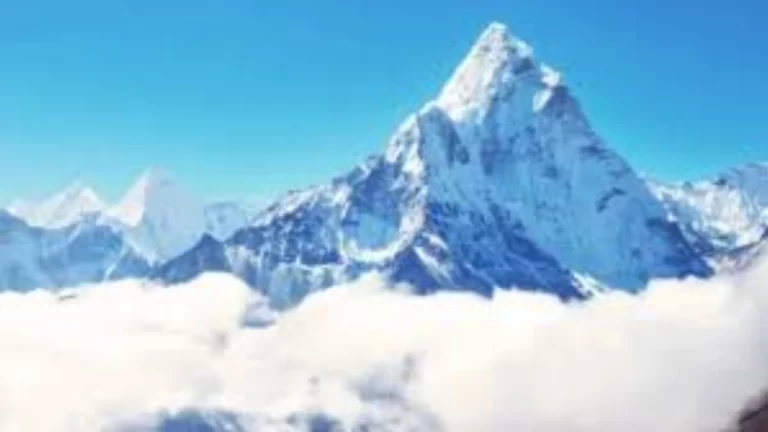Why is it in the News
The Kheer Ganga River made national headlines in August 2025 after devastating flash floods struck Dharali town in Uttarkashi, Uttarakhand. Heavy rainfall and possible cloudbursts caused the river to overflow, destroying homes, hotels, and lives—tragically confirming four deaths and leaving many missing. This disaster highlights both the river’s power and the urgent need for sustainable settlement and infrastructure in the sensitive Himalayan belt.
About Kheer Ganga River: Geography & Significance
- The Kheer Ganga River emerges from the Kheer Ganga meadows in the Parvati Valley, located in Himachal Pradesh at an altitude of around 3,500 meters.
- It traverses dense pine forests, alpine meadows, and merges with the Parvati River—eventually being part of the Beas River basin.
- Himachal Pradesh (Kullu District) and portions of Uttarakhand (notably affected by extreme weather in 2025).
- The river valley is known for its geothermal hot springs, lush biodiversity, and stunning Himalayan landscapes, making it a top spot for trekkers and pilgrims.
- Kheer Ganga is revered for legends of Lord Shiva, the presence of ancient temples, and its role as a spiritual and adventure destination.
FAQs
Q1: Where does the Kheer Ganga River originate?
A: It starts in the meadows of Kheer Ganga in Himachal Pradesh’s Parvati Valley.
Q2: Why is the Kheer Ganga River in the news recently?
A: In August 2025, flash floods following heavy rain and suspected cloudbursts caused major destruction in Dharali, Uttarkashi, Uttarakhand.
Q3: What is the geographical importance of the Kheer Ganga River?
A: It supports the unique ecology of the Western Himalayas and supplies water to the Parvati and Beas river systems.
Q4: Why is Kheer Ganga popular among tourists?
A: The region is famous for its stunning trek, natural hot springs, and mythological temples.Q5: What are the major challenges faced by the river and nearby regions?
A: Frequent floods, landslides, erosion, and growing pressure from unregulated tourism and construction.





























